Customers
Empowered to dollar vote and push for systematic change

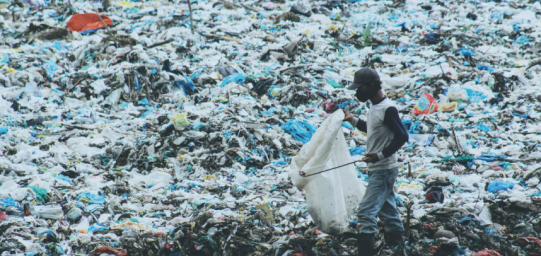
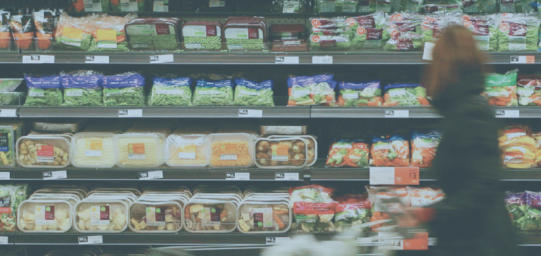
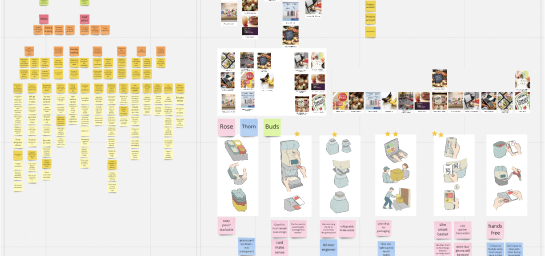

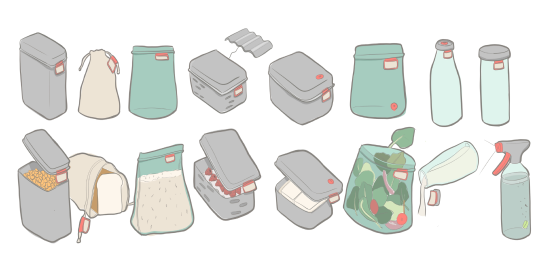
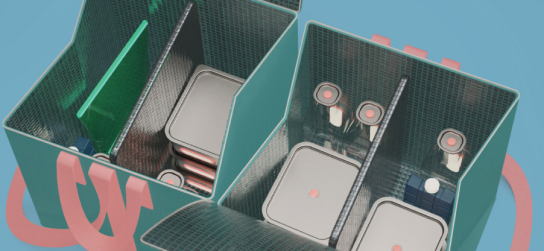
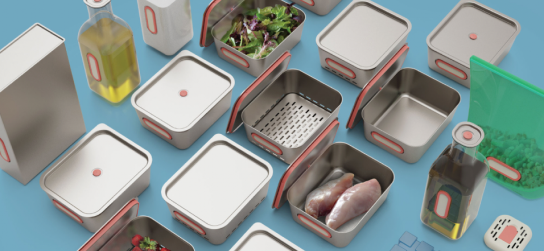
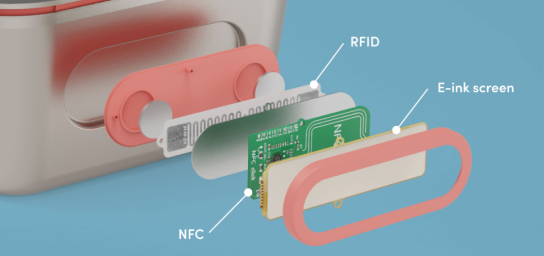
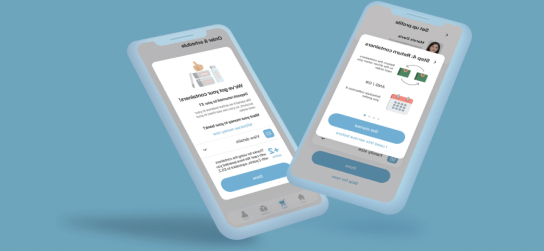
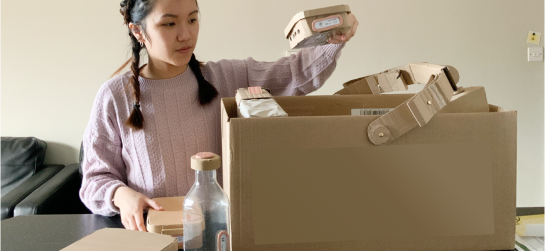
In-person testing was out of bounds during the pandemic. To work around that, instead of delivering containers to participants door steps in person, I created a storyboard with the re-enacted scenarios and captured participants’ feedback through zoom
Although remote testing limits the participant’s immersion in the concept, showing them the bigger picture through storyboard provides me with more comprehensive feedback
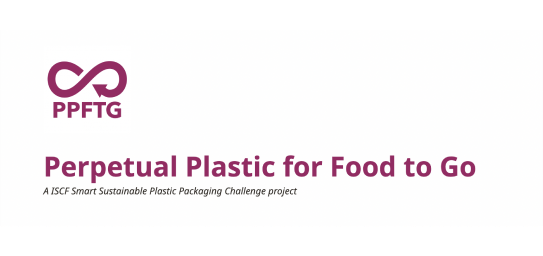
Unfortunately during the pandemic when every shop owner is busy adapting to people’s new way of shopping, I didn’t get many responses from interview requests. Hence, the project lacks practical operational insights from shop owners who are running the business
However, to make up for that constraint, I interviewed academics that have years of industry knowledge which gave me in-depth insights that are instrumental to the project
Empowered to dollar vote and push for systematic change
Manage resources effectively and save costs in the longer term
Better understand shoppers' behaviours and tailor products around demand
Make better products and policies to meet the rising demand for plastic waste reduction
Air management platform for construction workers